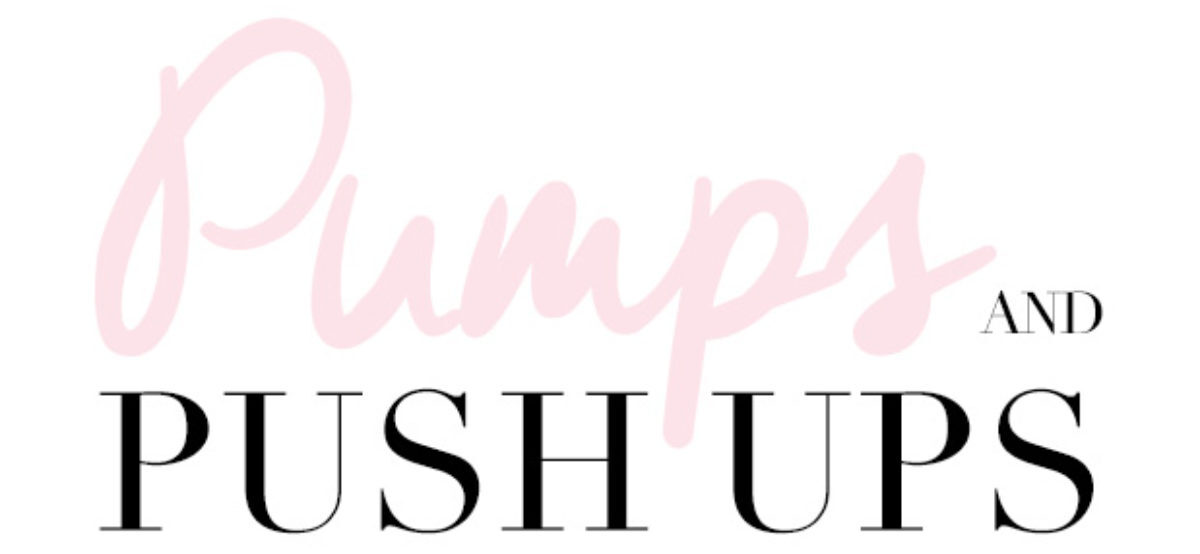Atkins — The Low Carb Debate
Erica Wells, RD
The Atkins Diet has been around for years but I still have people who are trying to lose weight ask me about The Atkins Diet and whether it is something I would recommend. First off let me just start out by saying that “diets” in general are not a strategy for lifelong health and weight loss. More importantly any “diet” that entails extreme restriction and eliminating healthy foods from your diet for any period of time, should be avoided.
The Atkins Diet is a very low carbohydrate diet that consists of four phases and is quite restrictive, particularly in the early stages.
Phase 1:
For a MINIMUM of two weeks eliminate everything from your diet except for meat, fat/oils and non-starchy vegetables. Total carbohydrate intake during this period is limited to 20 grams of carbohydrates per day.Carbohydrates are the most important and preferred fuel source for your body’s cells, tissues and organs (such as your brain), which is why 45-65% of your calorie requirements should come from carbohydrates. This first phase limits you to 20 grams of carbohydrates. To give you an idea about how little that is: using the low end of the above range, a 135 pound female who needs 1500 calories/day should be consuming 170 grams of carbohydrates/ day. 20 grams of carbohydrate is only 5% of her calorie needs, which is almost non-existent. This extreme carbohydrate restriction basically drives your body into “starvation mode,” shifting the fuel source from carbohydrates to fat. Additionally, fruits and starchy vegetables are restricted from this phase because they contain carbohydrates. While the majority of the limited carbohydrate allowance is dedicated to non-starchy vegetables (like spinach, broccoli and kale), which provide good nutrients and fiber, there is still a limitation on the number of vegetables that can be consumed and there are a lot of vital nutrients that the body is missing out on by eliminating fruit as well as certain starchy vegetables (like sweet potatoes) from the diet.
The other component of this phase places a high emphasis on animal protein and fat. All protein sources for this phase are animal derived and there is no limit as to the type of animal protein that can be consumed, leaving one to freely eat steak, bacon, or any other meat with visible fat. The problem is, animal products are the primary source for saturated fat and cholesterol; some forms more than others. Therefore, liberally eating high fat animal meats is not a heart healthy diet approach. This same thing goes for fats. One is given the green light to freely eat fats and oils, and this includes butter which is not only calorie dense (wait, what?!) but also very high in saturated fat and cholesterol.
Phase 2:
Complete until within 10 pounds of goal weight. Begin to start reintroducing more carbohydrates into the diet up to 30-80 grams per day. Foods like high fat dairy products, nuts and some fruits (like berries and cantaloupe) are allowed back into the diet.Still very restrictive…and high in fat…
Phase 3:
Can gradually re-introduce more carbohydrate foods back into the diet. This means starchy vegetables, legumes (aka beans), fruits, and whole grains. Carbohydrate intake should be adjusted based on tolerance and maintenance of goal weight. The remainder of the original practices remain.Phase 4:
After goal weight is maintained for one month, then one enters “lifetime maintenance phase” which is basically a continuation of phase 3 with a little more flexibility.The Verdict?
In the beginning the majority of weight loss is related to water losses. Continued adherence to the diet can result in weight loss but not without its share of costs: inconvenience through limited menu options, feelings of deprivation, and increased risk for heart disease with high fat diet.
As we say time and time again: eating should nourish your body but also should be enjoyable. How you eat should be lifelong, so instead adjust your eating habits rather than fall into a short lived “crash diet” that is only going to make you feel deprived and eventually result in regained weight once no longer followed. The best alternative to the Atkins approach if you are trying to lose weight is to adopt a diet that is high in dark colored, nutrient rich vegetables and fruits, lean protein, whole grains and heart healthy fats like nuts, taking care to consume oils sparingly. Dairy products should be low fat/fat free. It is okay to moderate the amount of carbohydrates you consume by adopting a lifestyle approach that minimizes the amount of refined carbohydrates that you eat. Refined carbohydrates include: white bread, pasta, rice, sugar, sodas, sweets, and packaged snack foods. Make sensible decisions, choose the healthier option over the unhealthy one, keep portion sizes reasonable, and move your feet every day.


